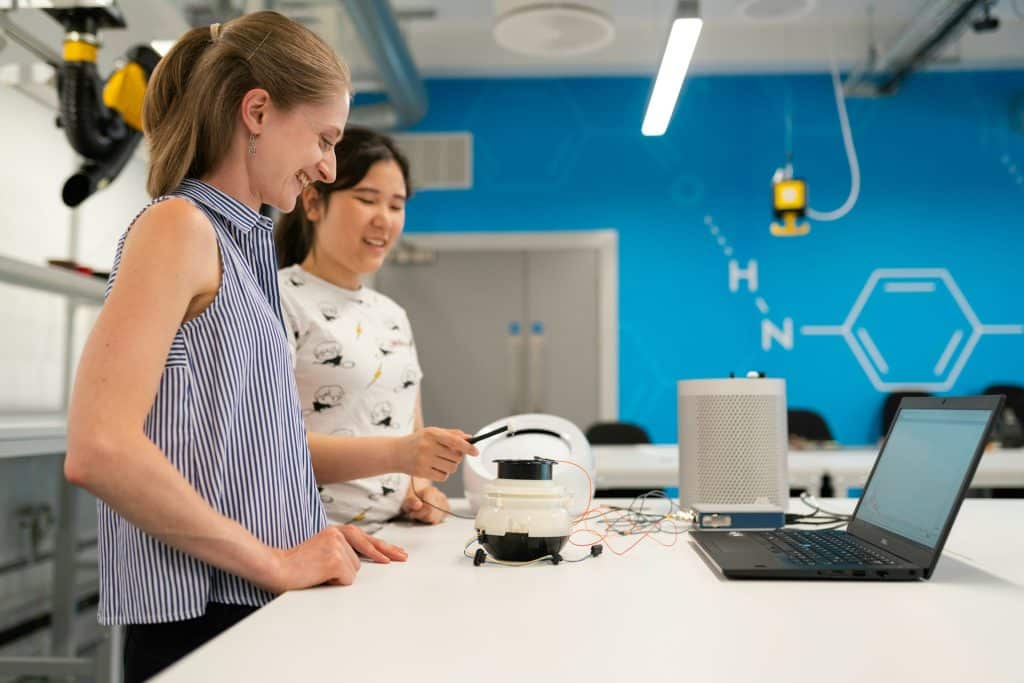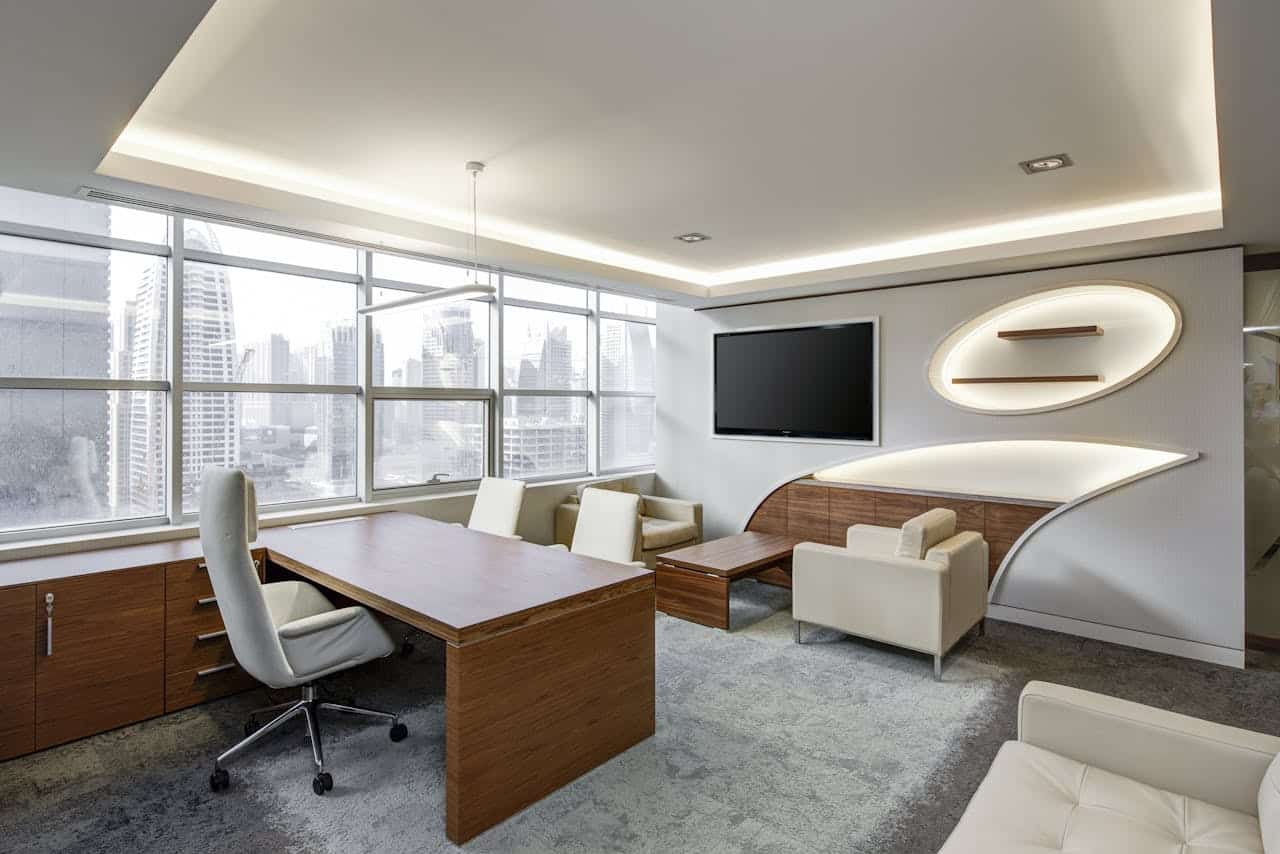Engineering-Led Innovation: How Technical Leaders Drive Disruptive Business Models

Innovation isn’t just a buzzword—it’s the engine that powers modern business success. Companies today don’t just compete on price or marketing muscle. They compete on ideas, breakthroughs, and the ability to turn complex technical solutions into compelling products and services. At the heart of this transformation are engineering leaders—visionaries who bridge technical expertise with strategic insight. They don’t wait for trends to shape their industries. They define those trends. By combining problem-solving skills with a strong understanding of business impact, technical leaders take ideas from whiteboards to the world stage. The result? Disruption, differentiation, and undeniable business growth.
The Role of Engineers in Business Model Reinvention
Technical leaders bring more to the table than code and schematics. They think structurally, systematically, and long-term. In an age where agility and speed define success, engineers now step out of the back office and into boardrooms. Their insights drive shifts from traditional models to platforms, ecosystems, and data-powered services. They examine inefficiencies and imagine entirely new value chains. Unlike other executives, engineers ask: “Can we rewire this from the ground up?” That mindset doesn’t just tweak a business—it transforms it. Their ability to lead change while understanding technology deeply makes them indispensable to any innovation-driven organization.
Why Technical Leadership Shapes the Future of Innovation
Behind every disruptive product lies a team led by someone who knows both the power and the limitations of technology. These technical leaders don’t merely execute ideas—they shape them. They recognize that a business can’t grow unless its infrastructure can scale, evolve, and adapt to new realities. That’s why many forward-thinking professionals pursue an engineering management and leadership master’s degree. It’s more than a credential—it’s a strategic toolkit. This advanced education allows them to combine engineering rigor with executive-level decision-making. It gives them the communication skills to inspire teams and the analytical depth to see opportunities that others might miss.
Building Products That Change Markets
Disruption doesn’t happen by accident. It’s engineered—literally. From Uber to Tesla to Airbnb, game-changing companies emerged from leaders who built products not to compete, but to redefine expectations. Engineers don’t follow the rules. They reprogram them. When they lead, they push past incremental improvements and aim for exponential gains. These leaders focus on creating platforms rather than just products. They anticipate user needs before users even know they have them. They also understand that speed matters—especially in product development. Getting to market fast, gathering feedback, and iterating continuously becomes their blueprint for breakthrough results.
Engineering as a Strategic Lens for Growth
While sales and marketing often take center stage in growth discussions, engineering strategy quietly dictates how far and how fast a company can scale. A well-led engineering team doesn’t just build features—it builds infrastructure for scale, adaptability, and evolution. Leaders with technical backgrounds know which systems will bottleneck first, how to reduce technical debt, and where the real cost centers lie. They optimize not only for performance but for future pivots. Their insight into the technical stack allows them to make bold decisions others can’t—like shifting an entire platform to microservices or betting on AI integration years before it’s mainstream.
From Ideas to Implementation: Engineering Drives Execution
Technical leaders specialize in turning ideas into working, testable realities. Their hands-on understanding of tools, processes, and constraints helps them move quickly from concept to launch. They can assess risk, allocate resources wisely, and adapt on the fly. More importantly, they communicate clearly across disciplines—from product teams to executive leadership. They set technical direction while aligning it with business goals. The result is a streamlined path from idea to implementation, where fewer things get lost in translation. Engineering leadership means execution isn’t an afterthought—it’s a strategic advantage baked into the DNA of the business.
The Culture of Experimentation Led by Engineers
Innovation thrives where experimentation isn’t just accepted—it’s encouraged. Engineering leaders foster this culture by treating failure as feedback, not defeat. They establish environments where teams run small, fast tests, gather data, and improve without fear of punishment. Engineers, by nature, iterate. When they lead, they encourage teams to challenge assumptions, question legacy systems, and try bold ideas. They design frameworks for testing—from A/B experiments to prototypes to sandbox environments—so innovation becomes a habit, not a gamble. This experimental mindset, when led by technical visionaries, turns companies into learning machines that evolve faster than their competitors.
Engineering-led innovation isn’t a trend—it’s a movement reshaping how businesses grow, adapt, and lead. When technical leaders step up with clarity, creativity, and confidence, they don’t just make better products. They build better companies. With a sharp focus on execution, customer needs, collaboration, and long-term strategy, engineers bring a fresh, effective approach to leadership. They create value where others see complexity. They transform obstacles into opportunities. And through strategic thinking, technical depth, and relentless curiosity, they drive the kind of disruption that doesn’t just keep companies alive—but makes them thrive.



 In a rapidly evolving world where new ideas and technologies are constantly reshaping the way we work and live, innovation has become the key to staying ahead of the curve. In this article, we will delve into the exciting realm of unleashing the power of innovation and exploring new frontiers. Join us as we venture into uncharted territory and discover the limitless possibilities that await those bold enough to push the boundaries of creativity and imagination.
In a rapidly evolving world where new ideas and technologies are constantly reshaping the way we work and live, innovation has become the key to staying ahead of the curve. In this article, we will delve into the exciting realm of unleashing the power of innovation and exploring new frontiers. Join us as we venture into uncharted territory and discover the limitless possibilities that await those bold enough to push the boundaries of creativity and imagination.